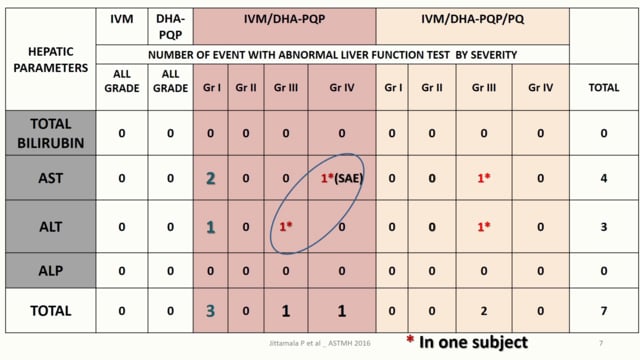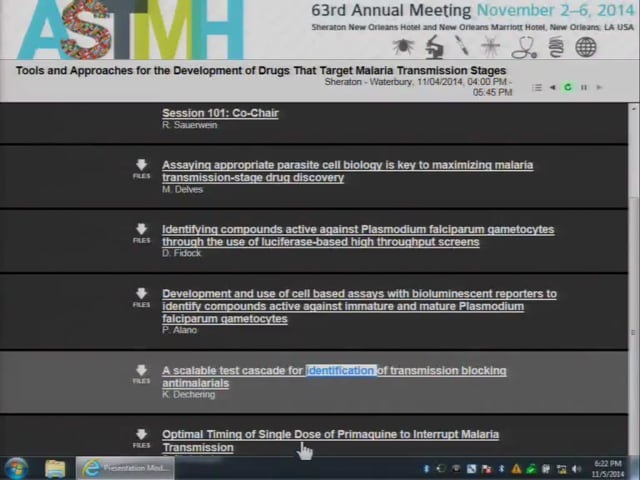Last Updated: 07/06/2023
Role of primaquine pharmacokinetics in treatment efficacy for vivax malaria
Objectives
To determine if the 5,6 orthoquinone can be used to predict adequate primaquine metabolism , and as such, could be used as a point-of-care test to evaluate efficacy of radical cure during treatment, instead of waiting for months for another relapse.
Henry M Jackson Foundation for the Advancement of Military Medicine, United States
While most anti-malarials are active against Plasmodium vivax blood stage infection, only two FDA-approved 8- aminoquinolines medications are effective in eliminating the dormant hepatic hypnozoite stage which, if untreated, can lead to multiple relapses of malaria. Primaquine, approved since 1952, is the primary medication for hypnozoite clearance (radical cure), and is low cost and widely available. Reports of primaquine (PQ) radical cure failure are not uncommon and most often attributed to dosing/compliance to the two-week course, until the illuminating discovery that polymorphisms in the human hepatic CYP450 2D6 enzyme can lead to ineffective metabolism of primaquine to its active metabolites. Pharmacokinetic studies have now detected several hydroxylated metabolites produced through the CYP2D6 pathway as well as the 5,6 orthoquinone (5,6 OQ), a stable surrogate of presumed active metabolite, 5-hydroxyprimaquine. The long-term goal of this research is to understand the pharmacogenomics liabilities of primaquine so it can be better utilized, or regimens altered, in order to to successfully treat all infections with P. vivax. To this end, the proposed study will obtain urine samples from parent clinical trials conducted in Thailand and Cambodia that will enroll and treat P. vivax infected adults with primaquine to determine PQ efficacy over a 6-month period. The PK profiles and parameters of the urine 5,6 OQ will be also categorized according to CYP2D6 status. The Thai study will also collect blood samples to conduct PK in plasma and erythrocytes, the latter since it is suspected that there may be 5,6 OQ accumulating within the red blood cells during PQ treatment, and may be an additional correlate. The 5,6 OQ will also be measured according to PQ given with various blood schizonticide regimens, since it has been found that certain schizonticides either improve or reduce efficacy. If 5,6 OQ can provide initial evidence toward predicting treatment outcome, further research can validate these findings, ultimately finding a path forward for a 5,6 OQ test of cure to allow health care professionals anticipate radical cure efficacy, versus making the determination only when there has been no clinical evidence of relapse.
Jun 2022 — May 2024
$284,968


